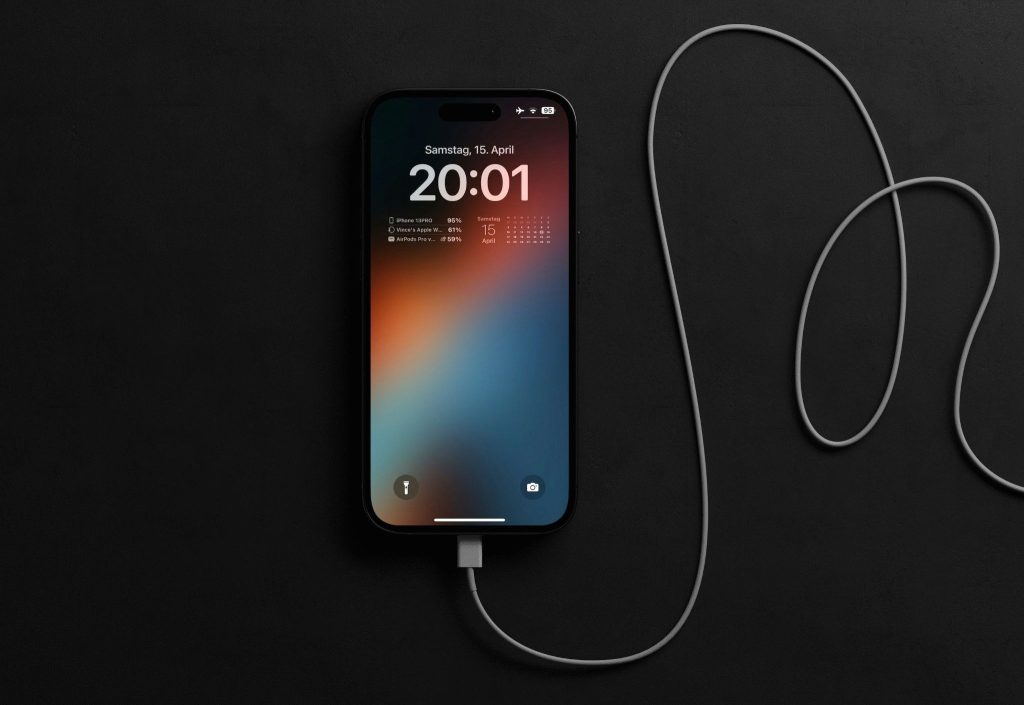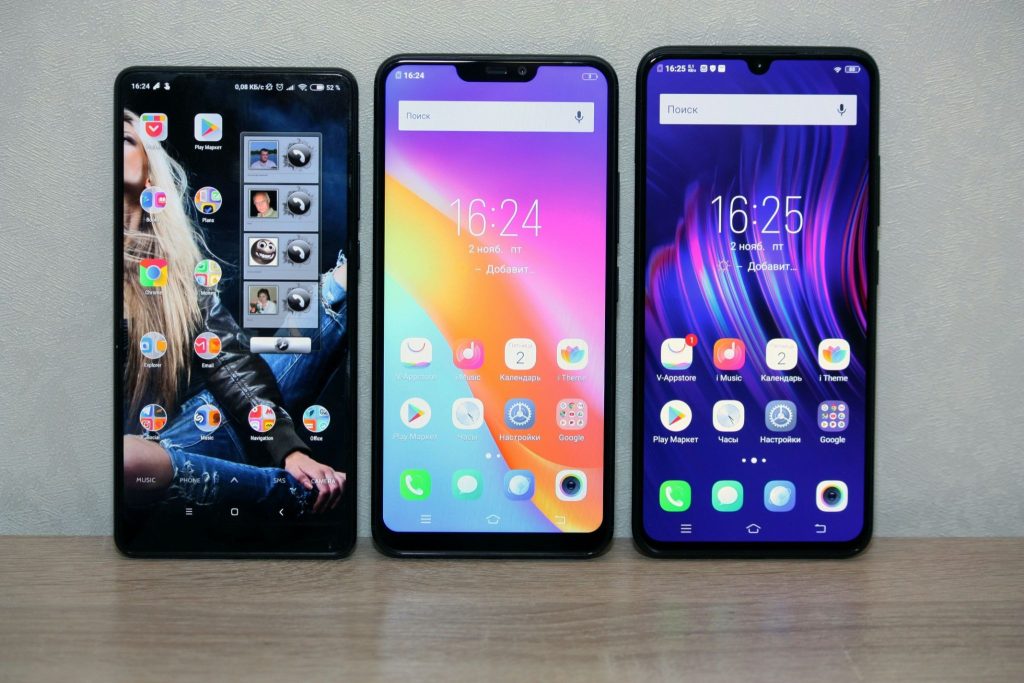
The year 2020 was remarkable in the smartphone world. Despite (and in some ways because of) global disruptions, manufacturers pushed the envelope: faster chips, better cameras, higher refresh-rate displays, and stronger battery tech. Looking back now, a few models stood out — either by redefining expectations or by delivering exceptional value.
In this article, we revisit the best smartphones of 2020, highlight what made them shine, and offer tips on what to look for when choosing a phone even now.
What Made 2020 Special Smartphones?

Before diving into individual models, it’s worth reflecting on the trends that defined 2020:
- 5G adoption accelerated, making network support a key feature in many flagships.
- High refresh-rate displays (90 Hz, 120 Hz) moved from niche to mainstream in premium and even mid-tiers.
- Computational photography became more mature: night modes, AI-based HDR, and better multicamera systems.
- Battery and charging tech saw significant improvements: larger batteries, faster wired charging, and more efficient power management.
- Value segment uplift: midrange phones began offering features once reserved for flagships.
With that in mind, here are some of the top phones of 2020 across different categories.
Best Smartphones 2020 Picks (By Category)

1. Flagship All-Rounder: Samsung Galaxy S20 Ultra
Samsung’s Galaxy S20 Ultra epitomized “go big or go home” in 2020. With a massive 6.9-inch Dynamic AMOLED display, support for 120 Hz, an aggressive 108MP main camera, and up to 100× “Space Zoom,” it captured attention immediately.
Pros
- Huge and vivid display with high refresh rate
- Versatile camera system (wide, telephoto, ultra-wide)
- High-end specs and futureproofing
Cons & Caveats
- The “Space Zoom” often produces soft results at extreme magnification
- Large size and weight could be unwieldy
- Premium pricing
In Time’s review, they noted that although the S20 Ultra offered flashy specs, it didn’t always deliver consistent camera performance.
2. Best Compact / Well-Balanced Option: OnePlus 8 / OnePlus 8 Pro
OnePlus maintained its reputation in 2020 by offering powerful hardware at a relative bargain.
- OnePlus 8: A great all-rounder with a 90 Hz AMOLED display, Snapdragon 865, and solid battery performance. It lacks some premium features (e.g. wireless charging) but gives excellent value.
- OnePlus 8 Pro: Upgrades to a 120 Hz display, adds better cameras, and refines the package. In many reviews, this was considered one of OnePlus’s strongest entries yet.
Why they stood out
- Strong performance and smooth software
- Balanced features without extravagant pricing
- Good online support and community
Trade-offs
- Camera performance trails behind the absolute top tier
- Though improved, battery and low-light images were not always class-leading
3. Photographer’s Pick: Apple iPhone 12 Pro Max (for 2020 Camera Year)
While the iPhone 12 series officially launched in late 2020, many reviews and camera tests consider the 12 Pro Max as setting a new standard for mobile photography bridging 2020 and 2021. In the Wired “best camera phones” test, it was selected as a top performer.
Its strengths include:
- Excellent color science and processing
- Strong low-light capability
- Balanced camera system with wide, ultra-wide, and telephoto lenses
If your priority is camera quality and software longevity, this model made a compelling argument for many photographers.
4. Value / Midrange Champion: Google Pixel 4a, Samsung Galaxy S20 FE
These two phones were widely lauded in 2020 for being “bang for buck” devices.
- Google Pixel 4a: Often praised as one of the best budget phones of 2020, it delivers stellar computational photography, clean software, and reliable performance in a compact body. Among Reddit users, it often appears in “top picks” lists.
- Samsung Galaxy S20 FE: A “fan edition” that borrows many features from the S20 line (good display, decent camera, strong specs) but at more accessible pricing. Many felt it filled a sweet spot in 2020.
These phones delivered much of the flagship experience without breaking the bank.
5. Most Unique Design / Specialty Pick: Sony Xperia 1 II
Sony’s Xperia 1 II deserves a mention for its niche but powerful offering. Its 21:9 aspect ratio, cinematic display, and strong manual-style camera controls appealed to creators and cinephiles. Wired’s review praised it as a “complete package” with a cinematic screen, solid battery, and a strong camera system.
However, its appeal is niche — it’s not for everyone. But for those wanting a unique experience or film-oriented features, it stood out.
What to Look for (Even Now) in the Best Smartphones — Lessons from 2020
Looking back, several features defined which phones lasted and which aged poorly. Here are key takeaways (still relevant today):
- Software & Update Support
A powerful chip is less valuable if the phone stops getting updates. Apple tends to offer many more years of support; Android flagships have varied lifespans. - Camera Processing Over Specs
By 2020, sensor megapixels mattered less than how well the software processed images (HDR, noise handling, low-light). The top camera phones bridged hardware + computational excellence. - Display Quality & Refresh Rate
A 120 Hz display wasn’t just a gimmick — it contributed to perceived smoothness and fluid UI experience. - Battery + Charging
Battery capacity is useful, but efficient power management and fast charging matter more. A phone that can recharge quickly offsets a middling capacity. - Build & Ergonomics
Big phones are impressive on paper, but heaviness and usability suffer. The “sweet spot” often lies in balancing size and practicality. - Value & Longevity
Some midrange models in 2020 offered features that outpaced earlier flagships. Buying smart often means getting more for your money, not just the premium.
Conclusion & Recommendations
If you were picking a 2020 smartphone at the time:
- Best all-rounder flagship: Galaxy S20 Ultra
- Balanced premium pick: OnePlus 8 Pro
- Best midrange value: Pixel 4a or Galaxy S20 FE
- Photography/creatives: iPhone 12 Pro Max (for its camera strengths) or Xperia 1 II
- Best compact choice: OnePlus 8
Today, some of these phones may be harder to find brand-new, but many are still quite capable secondhand or refurbished options — especially if you pair them with a custom ROM or ensure update support.
If you like, I can produce a 2025 retrospective version (i.e. “Top smartphones of 2020, how they’ve aged”) or a shorter article (500–800 words) suited for your site. Do you want me to send you that version now?
